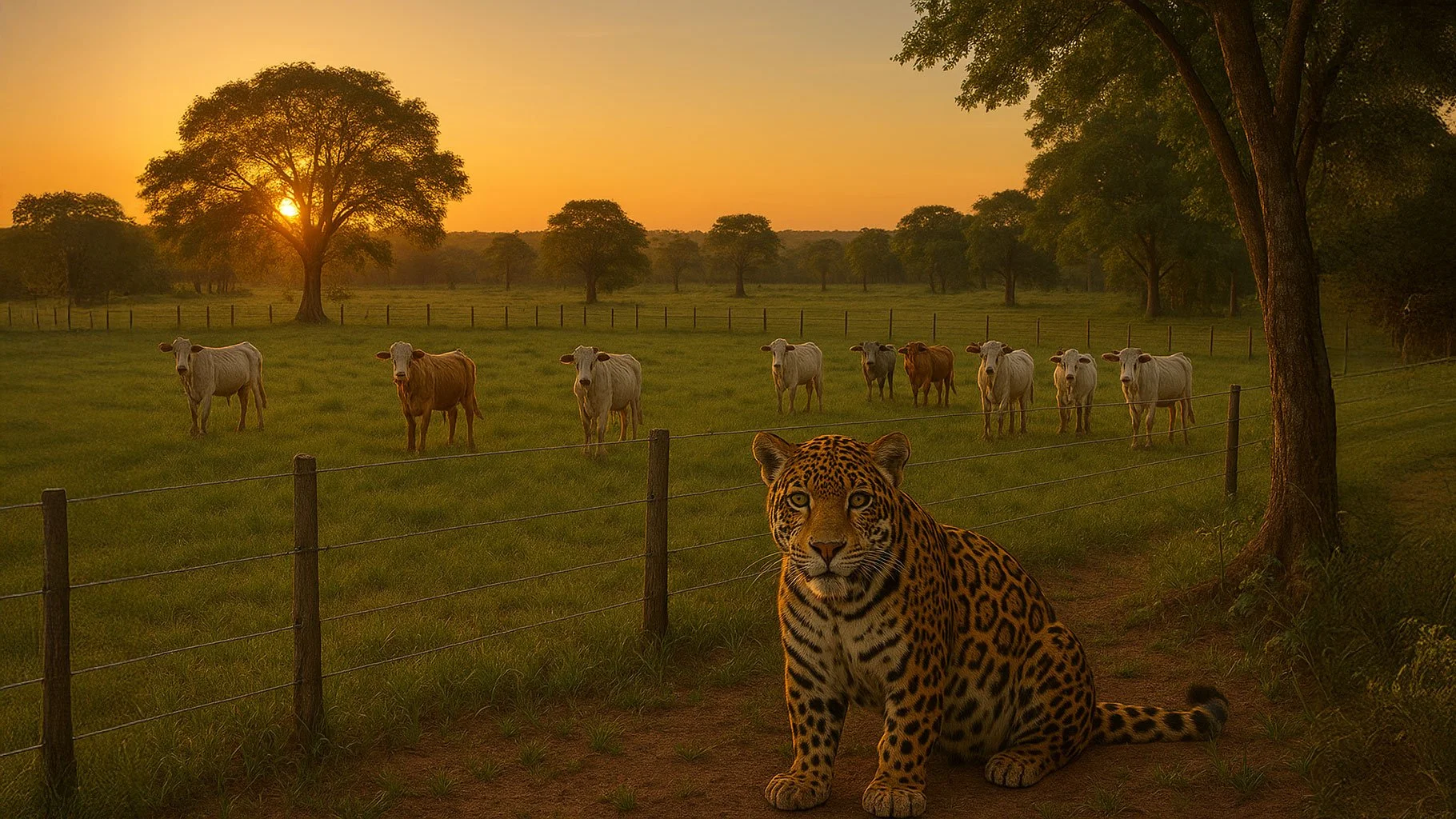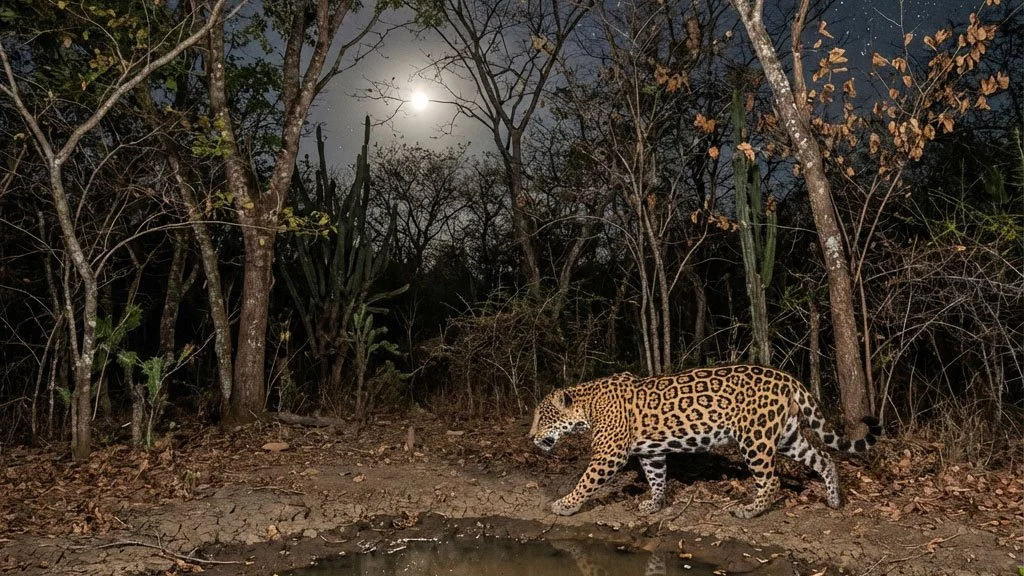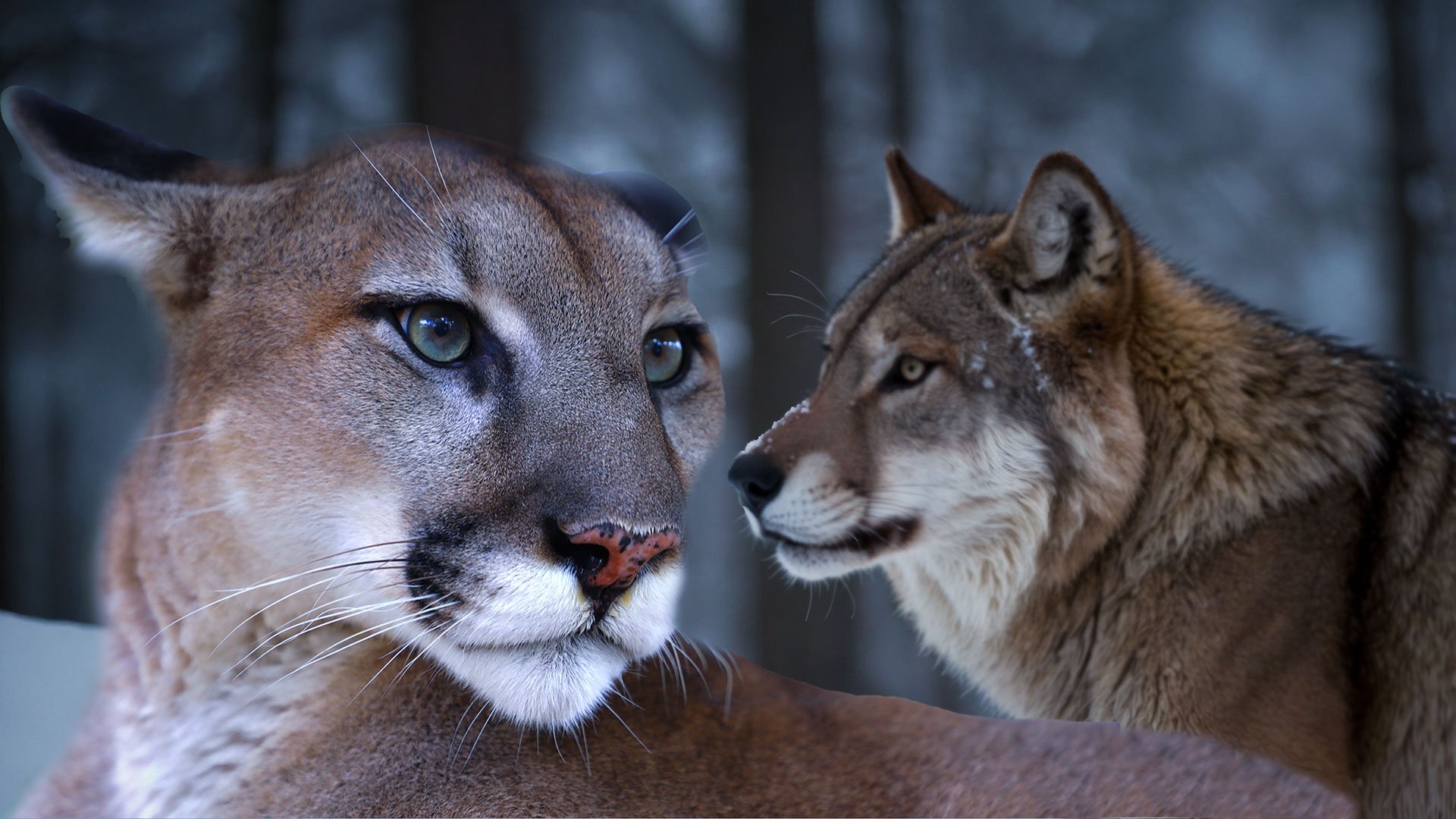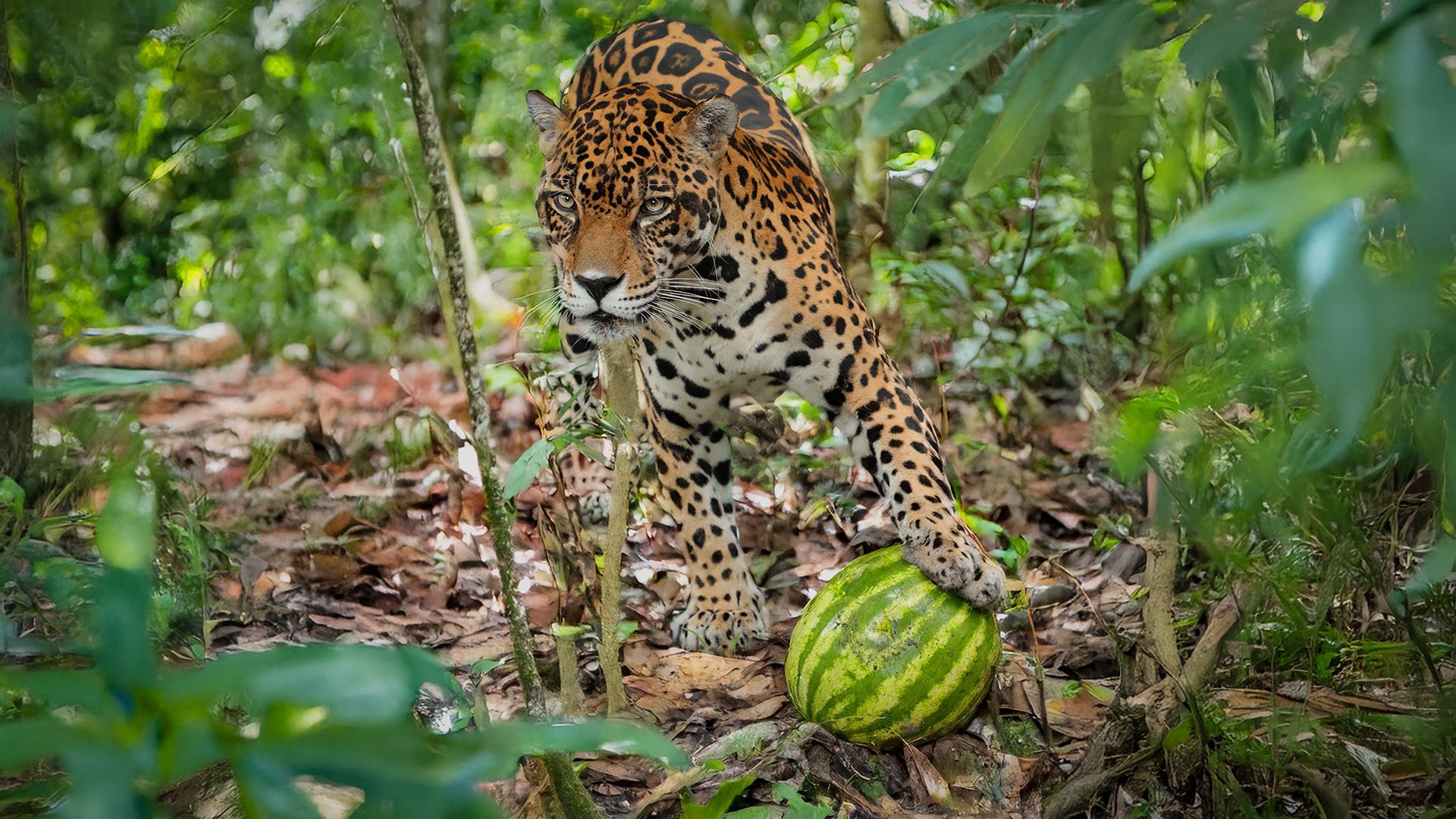Guardians of the Grasslands: How Ranchers and Jaguars Are Learning to Thrive Together
The jaguar is more than a predator.
It’s a symbol of power, grace, and the untamed wilderness that still clings to our planet’s edges. Once, these big cats roamed from northern Mexico to the very tip of Argentina, crossing rainforests, savannas, and mountains in a silent, golden-spotted march. But their range is shrinking—squeezed by expanding human development and the steady push of cattle ranches deeper into jaguar country.
For the people who live in these regions, jaguars aren’t just a distant conservation story—they’re neighbors. And sometimes, they’re unwelcome ones.
On small family ranches in Latin America, a cow is more than livestock. It’s a bank account, a college fund, a safety net in hard times. Losing even one animal to a predator can spell financial disaster. In those moments of loss, the response is often swift and final: the jaguar is killed.
This centuries-old cycle—predation followed by retaliation—has been one of the greatest threats to the species. But now, thanks to a groundbreaking study from Panthera’s Jaguar Program, there’s a new way forward—one where jaguars live free and ranchers thrive.
A Study Across the Americas
Dr. Allison Devlin, Panthera’s Jaguar Program Director, posed the question that shaped the entire effort: “How can we help people co-exist with jaguars and other natural predators and help support them to survive?”
To find answers, Dr. John Polisar, along with experts Rafael and Almira Hoogesteijn, and an international team of over 30 co-authors, embarked on the largest-ever study of jaguar coexistence strategies. They documented 11 categories of anti-depredation tools—non-lethal, practical solutions to protect livestock without harming predators.
The team surveyed 248 ranches in 11 countries, from Mexico’s deserts to Argentina’s montane forests. These weren’t just large-scale operations; they included Indigenous-managed herds, community-owned pastures, and small family farms.
What They Found
Every single method they studied reduced losses to jaguars—and most saved ranchers money in the long run.
Some of the standout successes included:
Electric fencing – In Costa Rica and Argentina, it stopped livestock losses entirely, protecting everything from small herds to hundreds of cattle in vast mountain pastures.
Night enclosures – In Colombia’s Llanos, bringing young and vulnerable animals into secure shelters at night completely eliminated predation on 14 ranches.
Maternity pastures and electric lights – In Paraguay’s Chaco, combining these methods resulted in a 100% reduction in attacks.
Water buffalo guardians – In Bolivia, ranchers found that adding buffalo to their herds deterred jaguars, as the buffalo actively confront would-be predators.
Even simple measures—like improving husbandry practices or boosting wild prey populations—helped keep jaguars hunting in the wild instead of targeting livestock.
Why This Matters
What makes this study extraordinary isn’t just the success stories—it’s the sheer scale and collaboration involved. Over 45 practitioners contributed knowledge, representing the realities of jaguar country from one end of the continent to the other.
For the first time, ranchers, conservationists, and scientists now have a shared, data-driven “playbook” for coexisting with jaguars. The strategies are adaptable, cost-effective, and proven to work in real-world conditions.
Dr. Devlin summed it up perfectly: “In order for us to effectively turn the tide around for jaguars— to transform conflict into coexistence—we need to first listen to the people who live with them, and adapt solutions to their realities.”
The Road Ahead
This research shows that we don’t have to choose between ranching and protecting jaguars. Coexistence is possible—across rainforests, savannas, and the rugged edges where wild cats still roam.
But success depends on spreading these solutions, funding their implementation, and ensuring every rancher—no matter how remote—has access to the tools and knowledge they need.
The jaguar’s roar still echoes in the forests, and with the right partnerships, it always will.
💡 Call to Action:
Support conservation programs that protect wild cats and the livelihoods of the people who share their landscapes. At Big Cat Rescue, we believe that healthy ecosystems depend on apex predators—and that coexistence is not just possible, but essential.
Learn more: https://panthera.org/blog-post/protecting-livestock-and-jaguars-new-study-reveals-cost-effective-solutions-wild-cat-and 2025


















